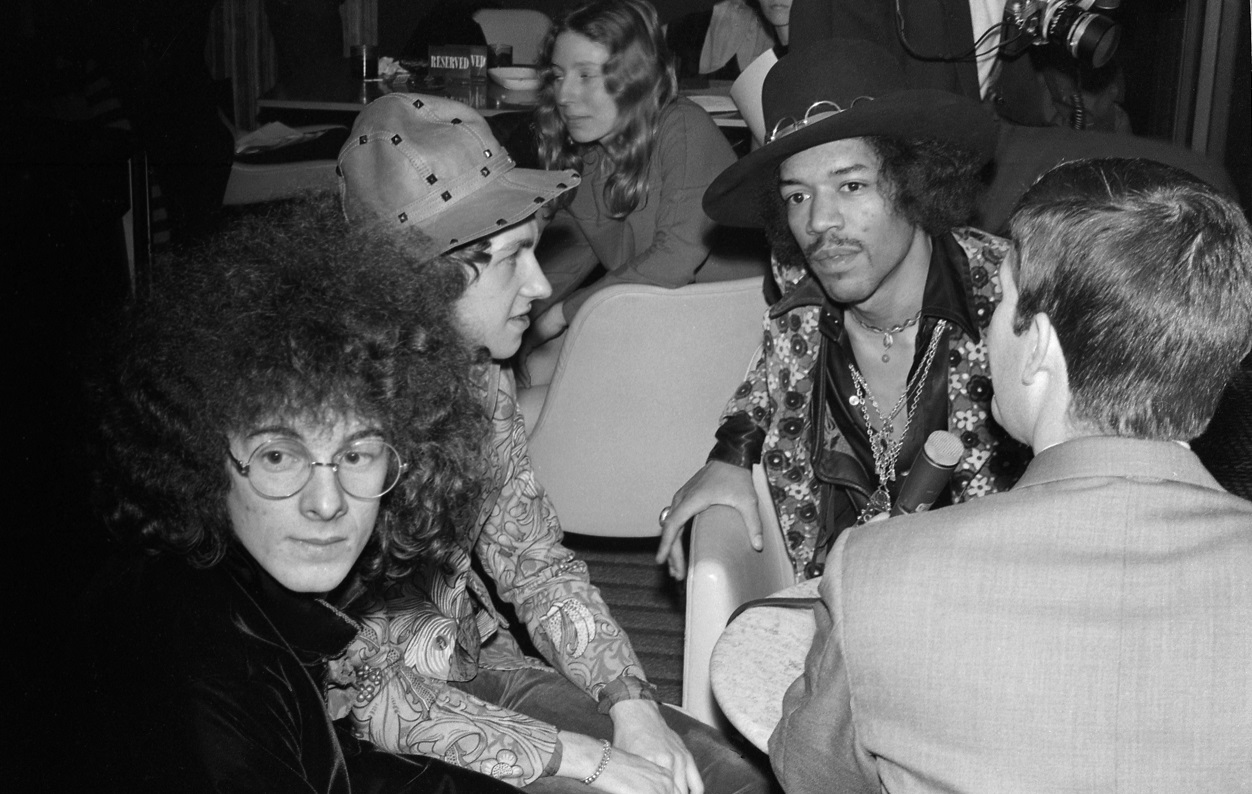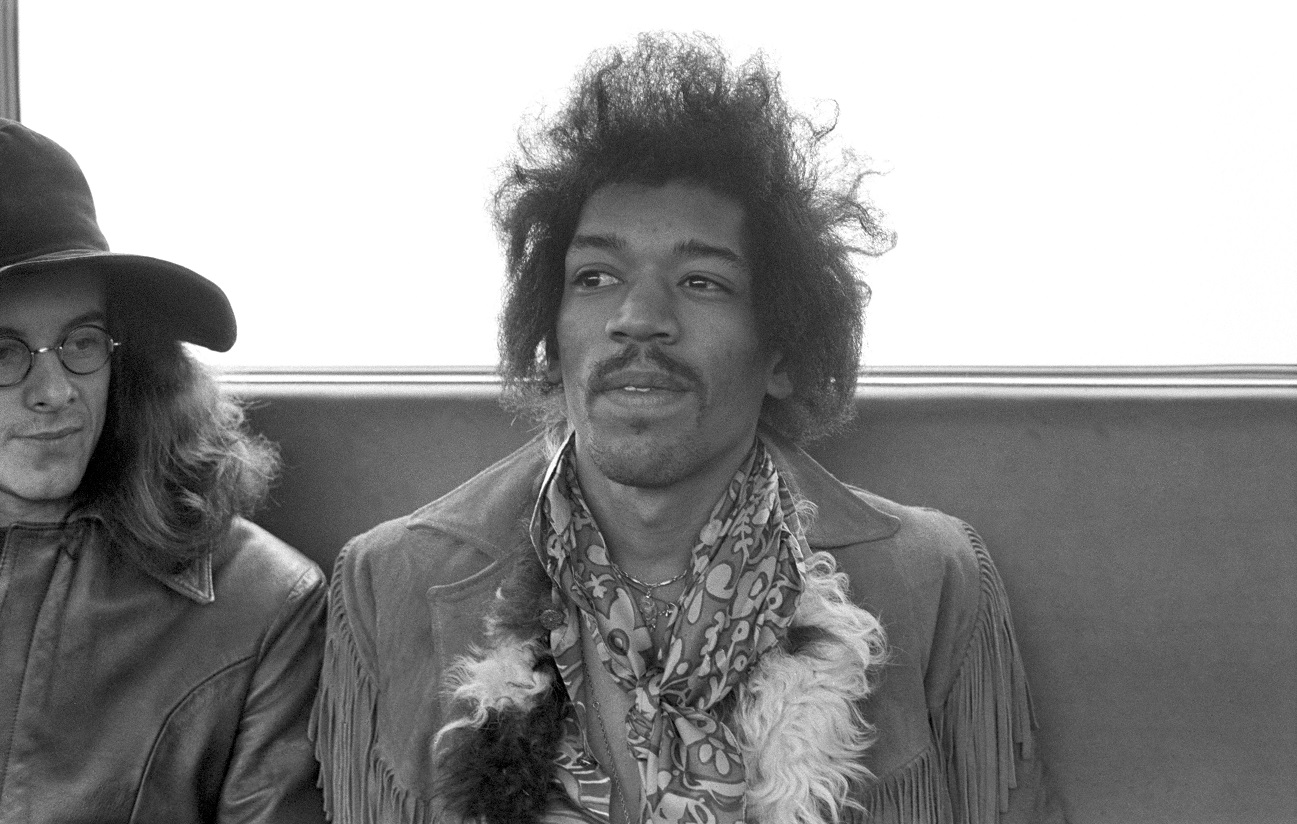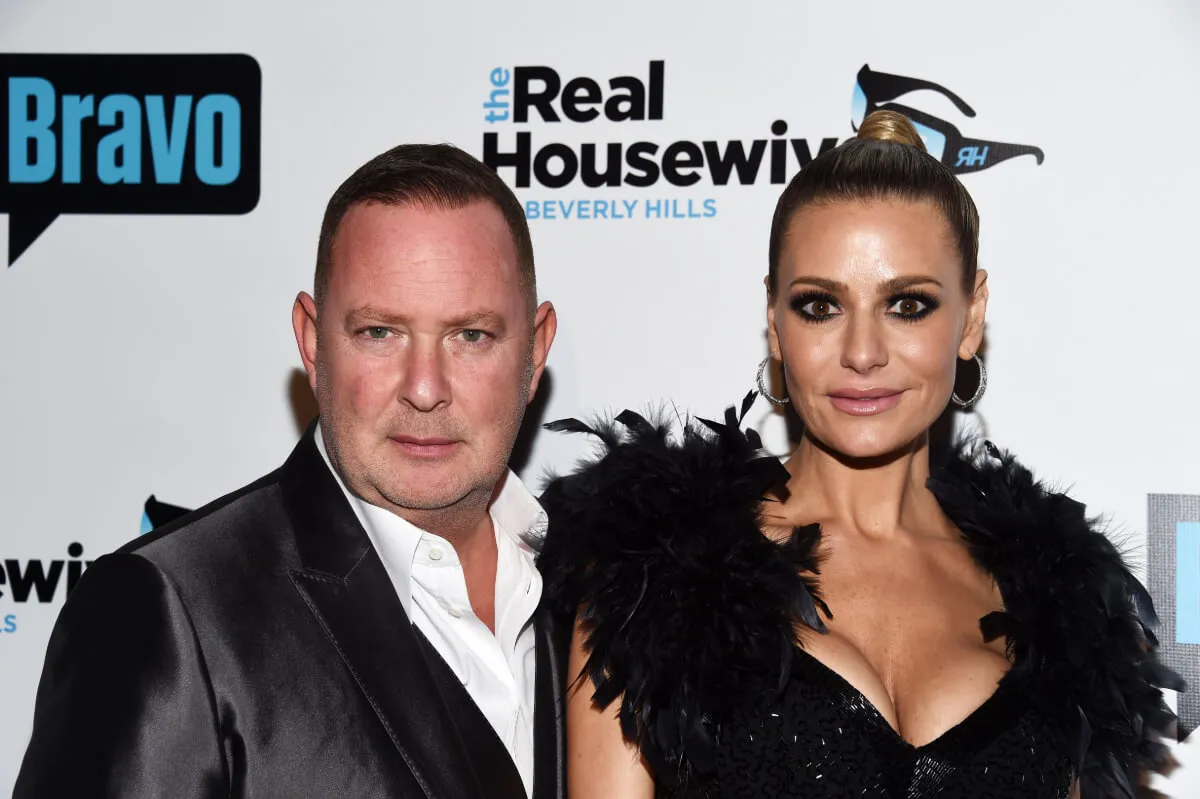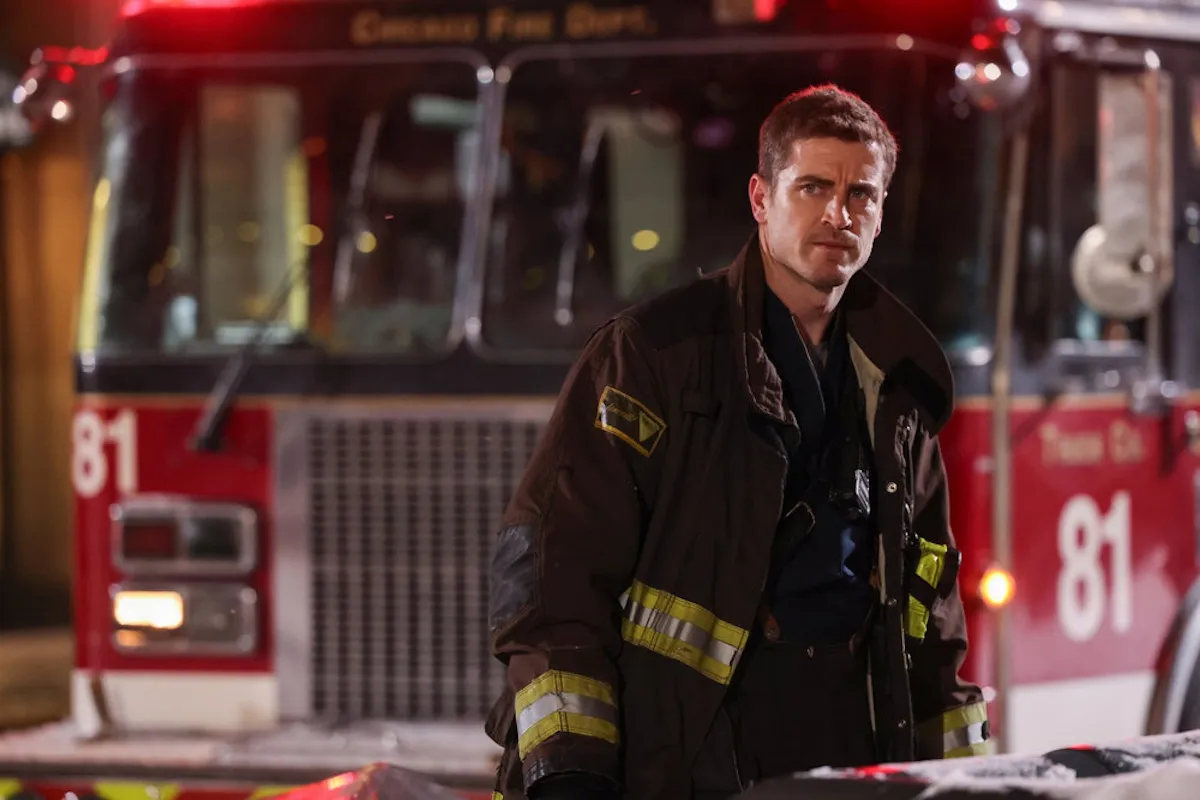Jimi Hendrix Also Played Bass on Some of His Most Famous Songs
On top of writing songs, playing guitar, and singing on his records, Jimi Hendrix was obsessive about the technical aspects of recording sessions. Any Hendrix biography that digs into his studio work makes that clear. As time went on, that affected Hendrix’s relationship with Experience bassist Noel Redding.
To Redding, the studio tinkering became unbearable. “It was a shame that later on Jimi got too hung up with electronics and overdubbing,” Redding said in Chris Welch’s Hendrix. “When it got to the 36th guitar overdub, I would lay down in the studio and go to sleep.”
Over the years, Redding also spoke about leaving the studio while Hendrix tinkered. At some sessions, Hendrix would rework a track so much it needed a new bass line. And if Redding wasn’t around, Hendrix recorded it himself. That happened with several of the Experience’s best-known recordings.
Jimi Hendrix began recording bass parts at the ‘Bold as Love’ sessions

Though the Experience’s problems by 1968 have been well documented, Hendrix began stretching out his studio time earlier. In Hendrix: Setting the Record Straight (1992), John McDermott and Eddie Kramer have Hendrix overdubbing bass lines on “Spanish Castle Magic” in October ’67.
That track had evolved from earlier versions that had yet to include keyboard part. After Hendrix heard Kramer playing some jazz chords on a piano, he worked them into the recording. By then, Redding may have checked out of that day’s sessions for Axis: Bold as Love.
“There were times when I used to got to a club between sessions, pull a chick,” Redding said in Hendrix. “[When I’d] come back, he was still tuning his guitar. Oh, hours it took!” That sounds like what happened on the dates for “Bold as Love,” the LP’s title track.
Redding had recorded the bass line when the Experience did the backing track together. However, after countless revisions, Hendrix thought it needed something different. And he overdubbed that bass part as well. This practice continued into sessions for Hendrix’s landmark double album.
Noel Redding walked out during sessions for ‘All Along the Watchtower’

Experience sessions didn’t get any less complicated during the Electric Ladyland era. In January ’68, determined to get down a winning cover of Bob Dylan’s “All Along the Watchtower,” McDermott and Kramer wrote that Hendrix “cut a staggering number of basic tracks.”
Somewhere along the way, Redding got up and walked out of the studio. Five days later, Hendrix was still tinkering with the track, for which he’d overdubbed a new bass part. And he kept overdubbing parts on it in the following months. By the time it was done, Redding’s bass was long gone.
“It got to the point once in New York when I called him a stupid c*nt,” Redding recalled in Hendrix. “He depended too much on himself as a writer, producer, and musician.”
While the process wasn’t much fun for Hendrix’s bandmates, most would agree he got it right in the end. The recording of “All Along the Watchtower” became Hendrix’s biggest hit single. Over a half century later, it’s one of his signature recordings — as both guitarist and bassist.


